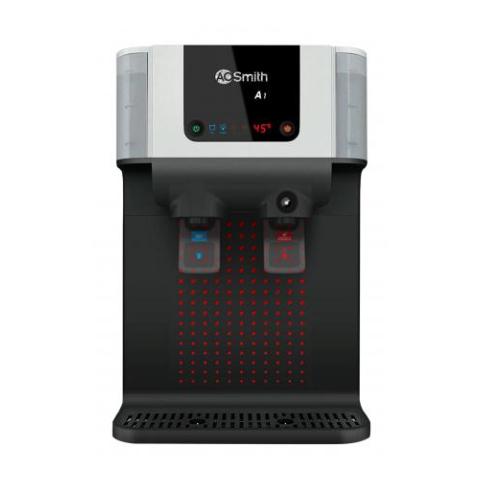Every year, millions of children die of water-borne diseases. In fact, diarrhea is the second leading cause of mortality for children below five years old. It is because 780 million people globally still drink contaminated water due to lack access to improved water sources. For this reason, many people prefer to install water purifier at their home nowadays. It is like having your own water refilling station to ensure that you only drink pure and safe water no matter how contaminated your water source is.
It’s easy to buy water from the outside and have them delivered but you’re just putting yourself and your family at risk. With water purifiers, your water safety is not up to strangers, you have the control. Having your own water purifier at home with the same quality as water deliveries is possible and afford able. RO and UV purifiers are two of the popular types of water purifiers globally. Let us compare both.
UV Disinfection for Safe Drinking Water
Ultraviolet light is known for killing bacteria and viruses contaminating your water supply. Water passes through a chamber containing a UV lamp. The intense UV light deactivates the harmful microorganisms. It eliminates independently all the harmful microbes present in the water without affecting the taste and color.
UV water filters are not capable of separating dissolved solids from the water so it is only suitable to water with 200ppm TDS and below.
Reverse Osmosis Water Purification
Reverse Osmosis is one of the best forms of filtration for treating water. It is a separation process that uses pressure to force water through a semi-permeable membrane that allows only pure water to pass to the other side.
RO can eliminate most impurities, including 90-95% of TDS (Total Dissolved Solids) such as salts, chemicals, minerals, lead, organic and inorganic contaminants. It can remove the unusual color, taste and odor from the water.
Both UV and RO water purifiers incorporate initial filtration stages like sediment and micron filters and active carbon. While UV deactivates bacteria and virus, leaving them in the water unable to multiply, RO is able to filter out all microorganisms to leave pure water behind.
RO is the only filtration method with recovered and rejection rates for water. This is to ensure contaminants are fully separated from water. Most refilling stations use RO and thus have similar reject water. Conventional recovery rate is only 25% but A.O. Smith has minimum recovery rate of 30% and can go as high as 66%.
RO water purifiers have a lot of built-in pre-filtration system that helps purifying any water source. Aside from the fact that RO purifiers produce safe and clean water, it also offers other health benefits especially for babies. Experts recommend the use of RO water for baby formula as it has low fluoride. Although fluoride is safe, it can cause fluorosis when overconsumed. Fluorosis is the main reason of having mottled teeth that's why it's important to avoid using products with fluorosis to children aged two years old and below.
When Should You Choose RO over UV
If your water source is city water and the water TDS is up to 200 ppm only, it is all right to choose UV water purifiers especially if you are mainly concerned about bacteria and virus.
RO water purifiers are recommended for deep well water source or when water TDS is higher than 200 ppm. With RO, there's no need to use a separate softener to remove sodium/salt in the water for health reasons such as high blood. Among the different water technologies besides distillation, RO also produces the purest water suitable for babies and young children. Check the table below to see which contaminants are removed by the two purifiers.

Conclusion
RO and UV water purifiers are both efficient systems that have their own pros and cons. For fairly clean water where microorganisms are the primary concern, UV works well. But if your water has more contaminants or you want the purest water, RO is preferred due to its excellent performance and effectiveness. However, it’s up to you to decide what works for your lifestyle, budget and family.

![]()




